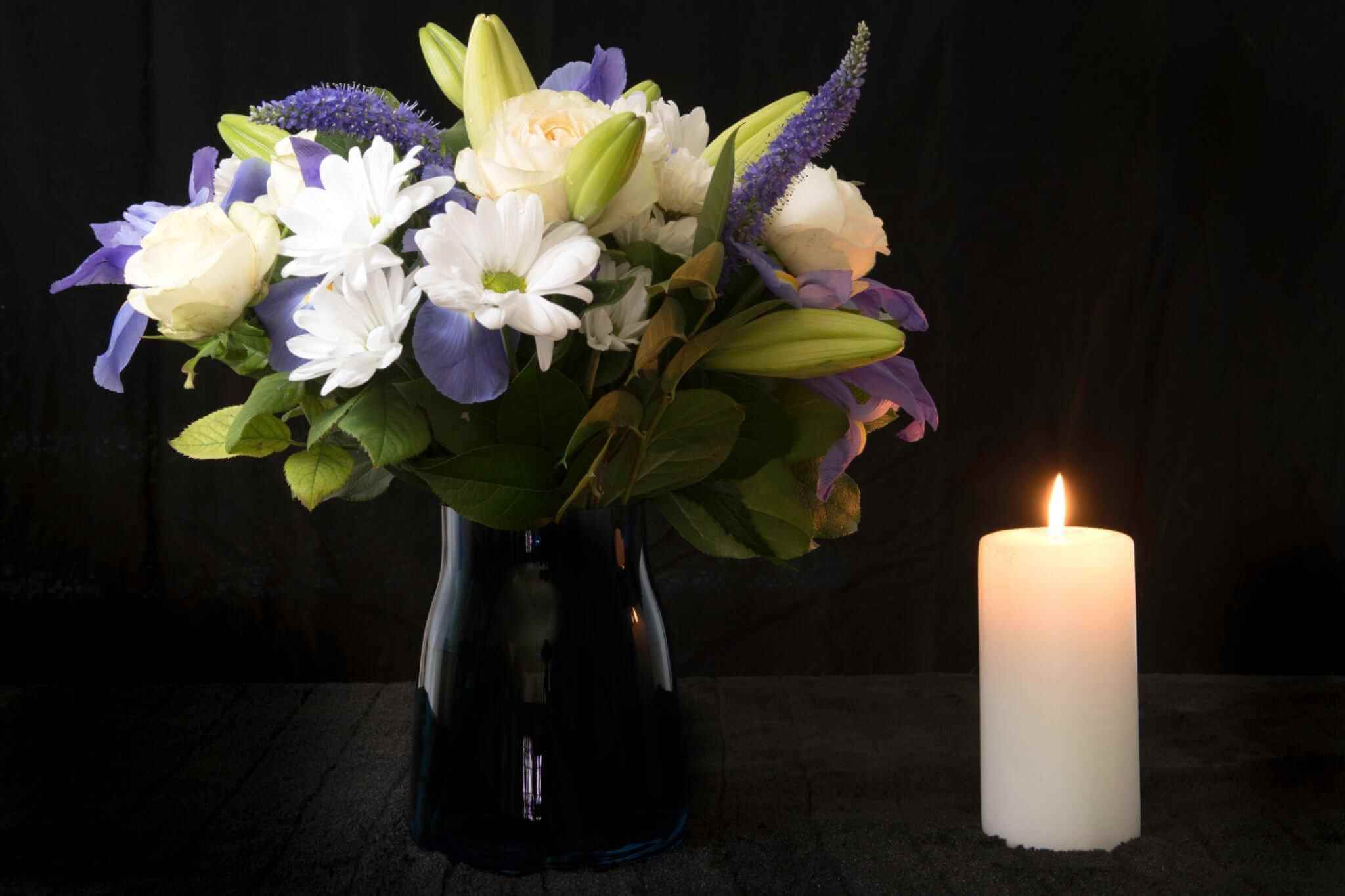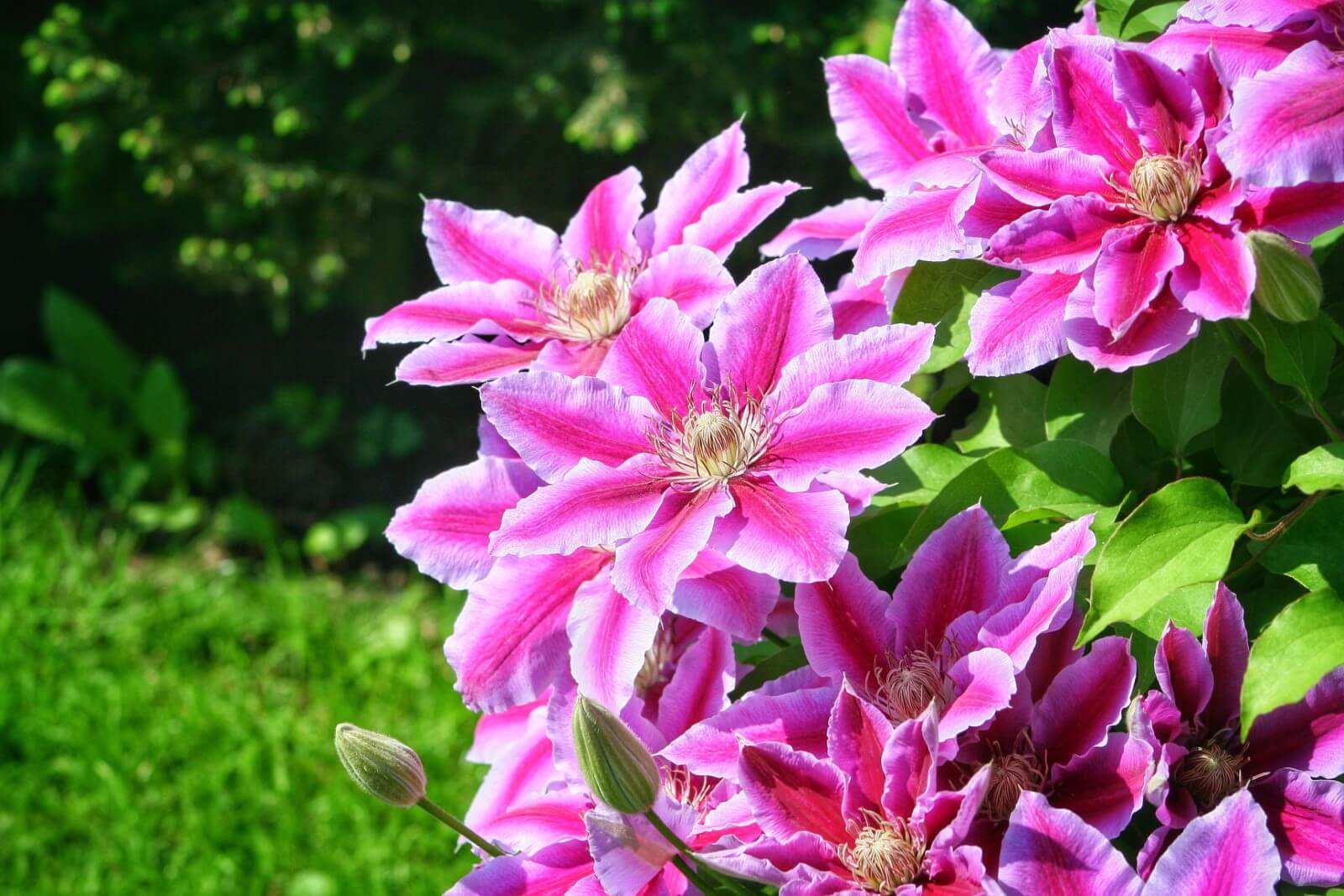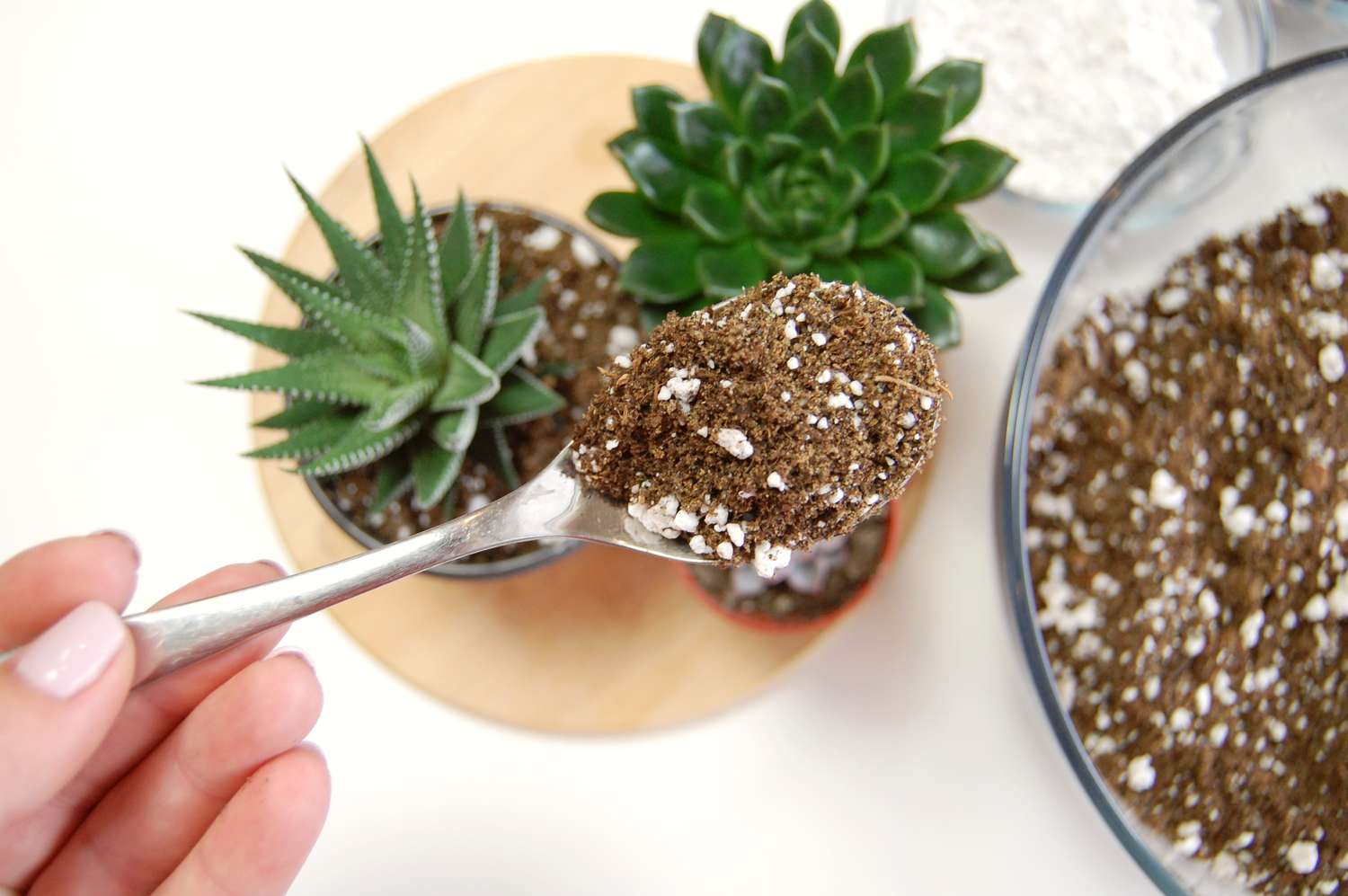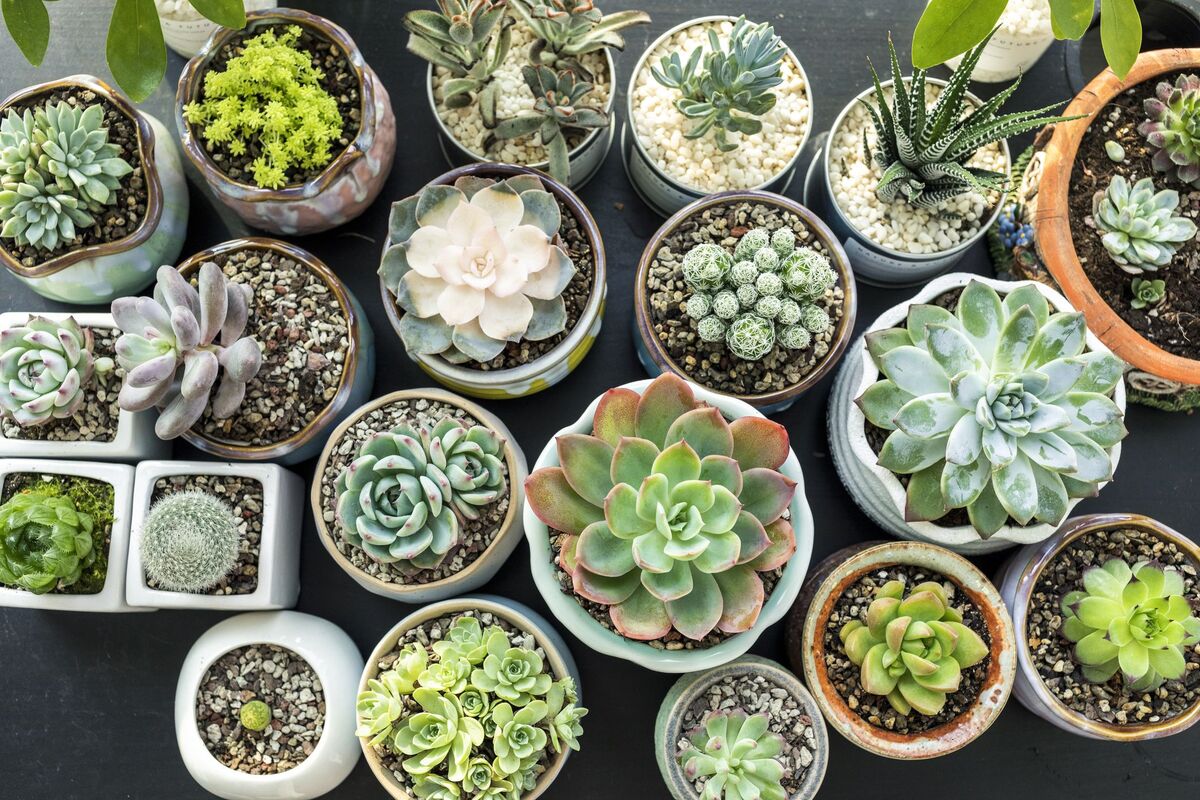Home>Gardening News and Trends>What Kind Of Flowers Do You Send For A Death


Gardening News and Trends
What Kind Of Flowers Do You Send For A Death
Modified: January 22, 2024
Discover the latest news on what kind of flowers to send for a death. Find out the most appropriate and meaningful flower arrangements to express condolences during this difficult time.
(Many of the links in this article redirect to a specific reviewed product. Your purchase of these products through affiliate links helps to generate commission for Chicagolandgardening.com, at no extra cost. Learn more)
Table of Contents
- Introduction
- Cultural Significance of Sending Flowers for a Death
- Considerations When Choosing Funeral Flowers
- White Flowers as a Symbol of Sympathy and Grief
- Traditional Funeral Flower Arrangements
- Alternative Flower Options for Expressing Condolences
- Personalizing Funeral Flower Tributes
- Etiquette for Sending Funeral Flowers
- Conclusion
Introduction
Sending flowers as a gesture of condolence is a long-standing tradition that spans cultures and continents. When someone we know experiences a loss, we often find solace in offering our support and sympathy. One way to express our condolences is by sending flowers, which have a unique ability to convey emotions and offer comfort during difficult times.
Since ancient times, flowers have held symbolic significance in various cultures and religions. They are seen as a way to honor the deceased and bring solace to the bereaved. The act of sending flowers is not only a form of remembrance but also a way to show support and love to those mourning the loss of a loved one.
Funeral flowers serve as a visual representation of our emotional connection to the departed and the grieving family. They provide a tangible expression of our sympathy and can help create an atmosphere of comfort and healing during funeral services or memorial gatherings.
Choosing the right type of flowers for a death is an important decision. Different flowers carry different meanings and symbolism, and selecting the appropriate arrangement can convey a heartfelt message of love, comfort, and support to the grieving family.
In this article, we will explore the cultural significance of sending flowers for a death, considerations when choosing funeral flowers, the symbolism of white flowers as a symbol of sympathy and grief, traditional funeral flower arrangements, alternative flower options for expressing condolences, tips for personalizing funeral flower tributes, and the proper etiquette for sending funeral flowers.
Cultural Significance of Sending Flowers for a Death
The act of sending flowers as a way of expressing condolences and sympathy during times of loss and grief holds deep cultural significance across many societies. This practice dates back centuries and is rooted in various traditions and beliefs.
In many Western cultures, flowers are seen as symbols of life, beauty, and renewal. By sending flowers to a funeral or memorial service, mourners aim to honor the deceased and provide comfort to the grieving family. The colorful blooms serve as a reminder of the beauty and joy that the departed brought into the world.
In Eastern cultures like China and Japan, flowers play an equally important role in funeral rituals. In Chinese culture, white flowers are traditionally sent to funerals as a symbol of mourning and respect for the deceased. Similarly, in Japan, white chrysanthemums are often used in funeral ceremonies to pay homage to the deceased and express condolences.
In Hindu and Buddhist funeral traditions, flowers hold significant spiritual meaning. They are believed to represent the impermanence of life and the cycle of birth, death, and rebirth. Generous floral displays are common in these funerals, as they are seen as offerings to honor the deceased and seek spiritual blessings.
In some Indigenous cultures, specific types of flowers or plants are used in funerary practices to connect with the spiritual realm and guide the departed to the afterlife. These flowers are often chosen based on their symbolic significance within the culture and hold deep spiritual meaning.
Regardless of cultural background, the act of sending flowers for a death is a way of showing support, respect, and love for those who are experiencing loss. It is a universal gesture that transcends language barriers and provides solace during a time of immense grief.
Furthermore, receiving flowers can have a positive impact on the emotional well-being of the bereaved. Studies have shown that flowers can improve mood, reduce stress, and provide a sense of comfort and healing. The presence of flowers at a funeral or memorial service can create a soothing and peaceful atmosphere, offering a space for mourning and reflection.
In the next section, we will explore the considerations and factors to keep in mind when choosing funeral flowers that effectively convey condolences and support to the grieving family.
Considerations When Choosing Funeral Flowers
When selecting funeral flowers, there are several important considerations to keep in mind to ensure that your tribute is meaningful and appropriate for the occasion. Here are some factors to consider:
-
Relationship to the deceased: Consider your relationship with the deceased and their family. Are you a close family member, a friend, a colleague, or an acquaintance? The level of intimacy and connection can influence the type of flowers and arrangement you choose. Immediate family members often opt for larger floral tributes, while friends may select smaller arrangements or bouquets.
-
Cultural and religious customs: Take into account the cultural or religious customs associated with funerals. Different cultures and religions have specific traditions and symbolism regarding funeral flowers. Familiarize yourself with these customs to choose flowers that align with the family’s beliefs and practices.
-
Favorite flowers or colors: Consider the personal preferences and tastes of the deceased. Were they particularly fond of certain flowers or colors? Incorporating their favorite blooms or hues can add a personal touch to the arrangement and serve as a tribute to their individuality.
-
Symbolism and meaning: Flowers have symbolic meanings, and understanding these can help you choose the most appropriate flowers for the occasion. For example, white flowers are often associated with purity and innocence, while red flowers symbolize love and passion. Consider the messages you want to convey through the flowers and choose accordingly.
-
Arrangement type: There are various types of funeral flower arrangements to choose from, including standing sprays, wreaths, casket sprays, and baskets. Each has its own unique presentation style and meaning. Standing sprays and wreaths are often displayed during the memorial service, while casket sprays are placed on top of the casket. Baskets are versatile and can be sent to the home of the bereaved after the ceremony.
By taking these considerations into account, you can select funeral flowers that honor the deceased, provide comfort to the bereaved, and offer a heartfelt expression of your sympathy and support. In the next section, we will explore the significance of white flowers as a symbol of sympathy and grief in funeral traditions.
White Flowers as a Symbol of Sympathy and Grief
In many cultures and traditions, white flowers hold a significant meaning when it comes to expressing sympathy and grief. The purity, innocence, and serenity associated with white flowers make them a common choice for funeral tributes.
White flowers are often seen as a symbol of peace and divine love. They represent the purity of the departed soul and can bring a sense of comfort and solace to the grieving family. The simplicity and elegance of white blooms convey a message of respect, remembrance, and empathy.
One of the most commonly used white flowers in funeral arrangements is the white lily. The lily has long been associated with funerals and is often regarded as a symbol of the restored innocence of the soul of the departed. Its elegant appearance and soft fragrance make it a popular choice to convey condolences and express sympathy.
Another white flower commonly seen at funeral ceremonies is the white rose. While roses are often associated with love and romance, white roses symbolize purity and honor. They can be used to convey deep respect and admiration for the deceased.
Carnations, specifically white ones, are also frequently used in funeral arrangements. They symbolize pure love, innocence, and remembrance. Their delicate petals and subtle fragrance create a peaceful and calming atmosphere.
White chrysanthemums, particularly in Asian cultures, are commonly used in funeral rituals. They are seen as symbols of grief and mourning and are often associated with paying respects to the departed.
In addition to these specific flowers, white floral arrangements consisting of various white blooms can be chosen to create a serene and comforting tribute. The color white, known for its association with light, purity, and spirituality, brings a sense of serenity and hope to the grieving family and serves as a symbol of eternal peace.
When selecting white flowers for a funeral, it is essential to consider the customs, beliefs, and preferences of the family and the cultural context of the funeral. Some cultures may have specific traditions or superstitions related to the use of white flowers, so it is important to be mindful of these considerations.
White flowers offer a meaningful and heartfelt way to express sympathy and grief. Their symbolism and elegance evoke a sense of peace and comfort during the mourning process. In the next section, we will explore traditional funeral flower arrangements that have been widely used to honor the departed.
Traditional Funeral Flower Arrangements
When it comes to honoring the departed and expressing condolences, there are several traditional funeral flower arrangements that have stood the test of time. These arrangements are often chosen for their symbolic meaning, aesthetic appeal, and cultural significance. Let’s explore some of these traditional funeral flower arrangements:
-
Standing Sprays: Standing sprays are large floral arrangements designed to stand on an easel or tripod. They are typically displayed near the casket or at the entrance of the funeral service. Standing sprays can be created with a variety of flowers and can be customized to reflect the tastes and preferences of the deceased. These grand arrangements serve as a focal point and symbolize respect and tribute to the departed.
-
Wreaths: Wreaths are circular floral arrangements often made with fresh or artificial flowers. They symbolize eternity and the continuity of life. Wreaths are often placed on the casket or displayed alongside framed photographs of the deceased during the funeral service. They are a classic choice for funeral tributes and represent everlasting love and remembrance.
-
Casket Sprays: Casket sprays are floral arrangements that are placed directly on top of the casket. They are usually designed in a rectangular or half-couch shape and can be customized with the preferred choice of flowers. Casket sprays are meant to honor and adorn the casket, serving as a final tribute to the deceased. They are often chosen by close family members or friends.
-
Basket Arrangements: Basket arrangements are versatile and can be sent to the funeral service or the home of the bereaved. These arrangements are typically arranged in a basket or container and may contain a mix of flowers, greenery, and foliage. Basket arrangements can be personalized and tailored to the preferences of the grieving family.
These traditional funeral flower arrangements offer a wide range of options for expressing condolences and paying tribute to the departed. Depending on the cultural customs, personal preferences, and relationship to the deceased, one can choose the arrangement that best conveys their sympathy and support.
It’s worth noting that while these traditional arrangements are widely used, there is also room for personalization and creativity in funeral flower tributes. In the next section, we will explore alternative flower options that offer a unique approach to expressing condolences during times of grief.
Alternative Flower Options for Expressing Condolences
While traditional funeral flower arrangements have their significance, there are alternative flower options that provide a unique and meaningful way to express condolences. These alternative choices offer a departure from the conventional arrangements and can bring a personalized touch to the tribute. Let’s explore some of these options:
-
Customized Tribute Arrangements: Instead of sticking to the traditional funeral arrangements, opting for a customized tribute arrangement can add a personal touch to your condolences. This can include creating a floral arrangement in the shape of a significant symbol or incorporating personal mementos into the arrangement to reflect the hobbies, interests, or passions of the deceased.
-
Plants and Trees: Instead of cut flowers, consider gifting a potted plant or a small tree as a symbol of life, growth, and remembrance. Plants and trees can be planted in memory of the departed and provide a lasting and living tribute. Additionally, they can bring comfort to the bereaved as they continue to nurture and care for the plant.
-
Memorial Gardens and Flowerbeds: Another alternative to traditional funeral floral arrangements is to contribute to the creation of a memorial garden or flowerbed in honor of the deceased. This can be done by donating flower bulbs, seeds, or potted plants to a designated area where friends and family can visit and pay their respects. It allows the memory of the departed to live on through the beauty of flowers and nature.
-
Single Stem Tribute: For a minimalist and understated approach, consider gifting a single stem or a small bouquet of the deceased’s favorite flower. This simple gesture can carry deep meaning and serve as a personal tribute to their memory. It is a way to honor their individuality and remember their unique preferences.
These alternative flower options provide an opportunity to think outside the box and create a tribute that is tailored to the personality and preferences of the departed. By choosing these alternatives, you can offer a distinctive and deeply meaningful expression of condolences.
It’s important to keep in mind the cultural customs and beliefs of the grieving family when selecting alternative flower options. Some cultures may have specific traditions or symbolism surrounding the use of certain plants and flowers, so it’s crucial to be respectful and considerate of these customs.
In the next section, we will explore ways to personalize funeral flower tributes, allowing you to create a tribute that is uniquely meaningful and reflective of the relationship you had with the deceased.
Personalizing Funeral Flower Tributes
Personalizing funeral flower tributes is a heartfelt way to create a meaningful and memorable tribute to the departed. It allows you to honor their unique qualities, celebrate their life, and offer comfort to the grieving family. Here are some ways to personalize funeral flower tributes:
-
Incorporate meaningful symbols: Consider adding meaningful symbols or objects to the floral arrangement. This could include items that represent the deceased’s hobbies, passions, or achievements. For example, if they were an avid golfer, you could include a small golf ball or club in the arrangement.
-
Include personal notes or messages: Attach small cards or ribbons to the flowers with personal messages or memories that you shared with the deceased. These heartfelt messages can provide comfort and solace to the grieving family as they read through the tributes.
-
Use their favorite colors: Incorporate the deceased’s favorite colors into the floral arrangements. Whether it’s a single bouquet or a garden of various blooms, using their preferred colors can create a personalized and vibrant tribute.
-
Include photos or keepsakes: Attach small framed photos, keepsakes, or mementos to the floral arrangements. These personal touches can serve as a visual reminder of the departed and their cherished memories.
-
Choose flowers with personal significance: Select flowers that hold personal significance for the deceased or their family. It could be the flower they carried in their wedding bouquet, a flower that holds sentimental value, or a flower associated with a special memory or event.
-
Create customized arrangements: Work with a florist to create a customized arrangement that reflects the unique personality and interests of the departed. This could include incorporating specific flowers, arranging them in a particular shape or design, or adding distinctive elements that are emblematic of their life or accomplishments.
Personalizing funeral flower tributes allows you to create a meaningful and distinctive tribute that celebrates the life and individuality of the deceased. It offers a personal touch and serves as a reminder of the memories and connections shared with the departed.
When personalizing funeral flower tributes, it is essential to be respectful of the cultural customs and preferences of the grieving family. Make sure to consult with them or their chosen funeral director to ensure that the personalized elements align with their wishes and beliefs.
While personalization is important, it’s also crucial to consider the overall aesthetic and appropriateness of the floral arrangements. Balancing personalization with sensitivity and cultural awareness will ensure that the tribute is meaningful and respectful.
In the final section, we will discuss the proper etiquette for sending funeral flowers, providing guidance on timing, delivery options, and how to express condolences effectively.
Etiquette for Sending Funeral Flowers
When sending funeral flowers, it is important to adhere to proper etiquette to show respect and support for the grieving family. Following these guidelines ensures that your gesture is thoughtful and appropriate. Here are some key considerations:
-
Timing: It is customary to send funeral flowers to the funeral home or the location of the memorial service. It is best to arrange for delivery at least a few hours before the service to ensure that the flowers are present during the event. If you are unable to send the flowers in time for the service, you can have them delivered to the home of the bereaved after the funeral.
-
Delivery options: When ordering funeral flowers, you can choose to have them delivered directly to the funeral home or the location of the memorial service. Alternatively, you can send them to the home of the grieving family as a gesture of support. Ensure that you provide accurate delivery details to ensure the flowers reach the intended destination.
-
Card message: Include a thoughtful and heartfelt message on the card that accompanies the flowers. Express your condolences and offer support to the grieving family. Keep the message brief and sincere, conveying your sympathy in a compassionate manner.
-
Consider cultural and religious customs: Be mindful of the cultural and religious customs associated with the funeral. Different cultures may have specific customs and beliefs regarding funeral flowers. Take the time to research or consult with the family to ensure that your choice of flowers and arrangements aligns with their customs and preferences.
-
Respect the family’s wishes: If the family has expressed any specific instructions or preferences regarding funeral flowers, be sure to respect their wishes. They may request donations to a specific organization in lieu of flowers or have a designated florist or flower selection for the funeral. It is important to honor their requests during this sensitive time.
-
Follow up after the funeral: After the funeral or memorial service, it is considerate to reach out to the grieving family to offer continued support. A phone call, a visit, or a personal note expressing your condolences can provide comfort during the grieving process.
By adhering to proper etiquette, you demonstrate your respect and support for the grieving family during their time of loss. Sending funeral flowers serves as a thoughtful and compassionate gesture that offers solace and comfort during this difficult period.
Conclusion
Sending flowers as a gesture of condolence is a deeply meaningful and universal tradition that spans cultures and time. Funeral flowers offer a tangible way to express sympathy, honor the deceased, and provide comfort to the grieving family. From the cultural significance of sending flowers to the considerations when choosing funeral arrangements, there are many factors to consider when paying tribute to the departed.
The symbolic significance of white flowers as a symbol of sympathy and grief, along with the traditional funeral flower arrangements, offers a meaningful way to express condolences and honor the deceased. However, it’s important to remember that there are alternative flower options and personalized tributes that provide a unique and deeply personal touch to funeral flower arrangements.
Etiquette plays a vital role when sending funeral flowers, as it shows respect for the grieving family and their cultural customs. Following proper etiquette, such as considering timing, delivery options, and card messages, ensures that your gesture of support is thoughtful and appropriate.
Ultimately, sending funeral flowers is a way to offer solace, comfort, and support during a time of loss. It allows us to express condolences and honor the memory of the departed. By choosing the right flowers, personalizing tributes, and adhering to proper etiquette, we can provide a heartfelt gesture that brings some solace during the grieving process.
Whether you opt for traditional arrangements, alternative flower options, or personalized tributes, the act of sending funeral flowers serves as a tangible reminder of the love, respect, and support we extend to those who are mourning. It is a way to pay tribute to the life that was lived and provide comfort to those left behind.
During times of loss, the gesture of sending funeral flowers transcends words, offering a gentle expression of sympathy and a reminder that the memory of the departed will always be cherished.








